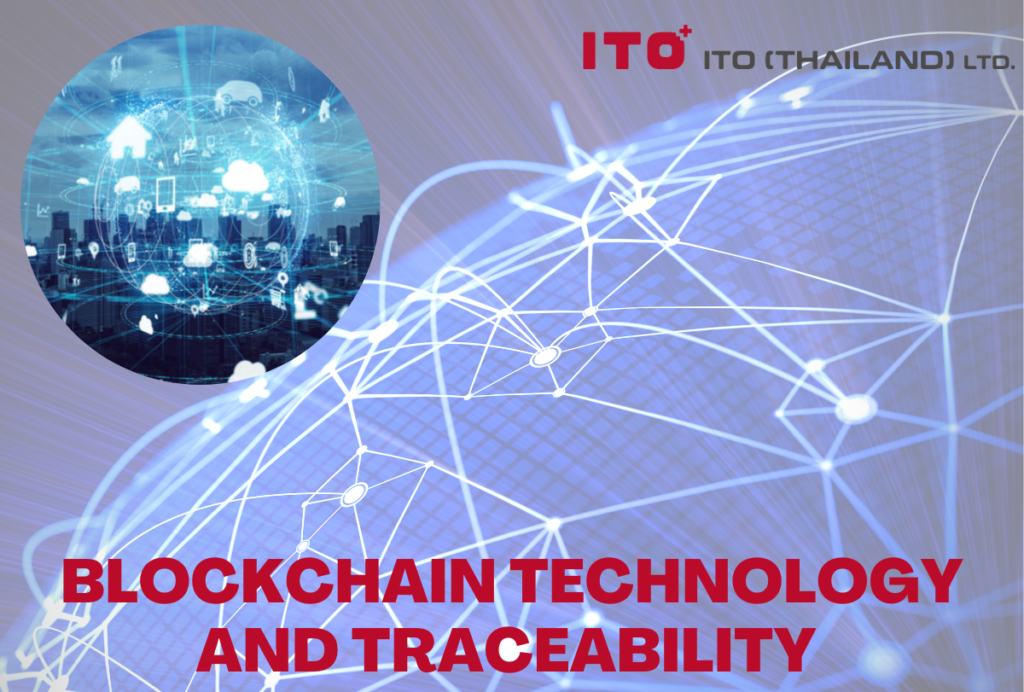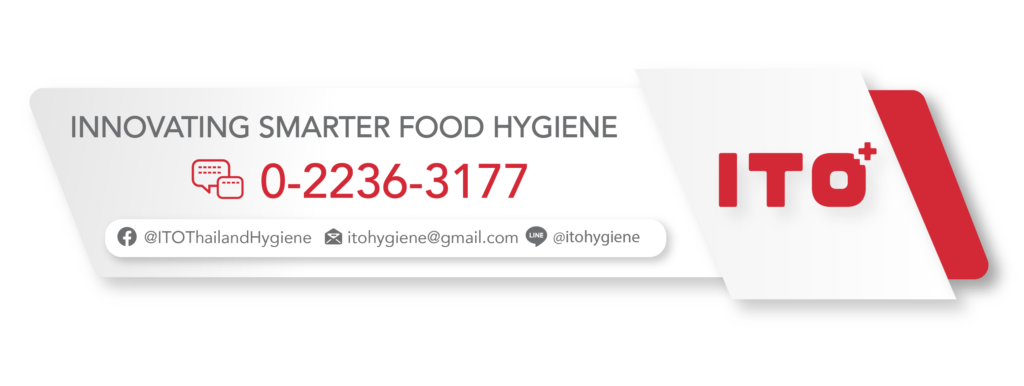ITO Thailand Hygiene Blog
Blockchain Technology and Traceability
In previous blog, we have discussed about the outbreak cases caused by the lack of food hygiene standard, the importance of handwashing with regard to food safety, Hazard Analysis and Critical Control Points (HACCP), as well as a case study of AI technology to assess handwashing procedures in real-time. This blog will continue to discuss the use of blockchain technology, how traceability could ensure the safety throughout the supply chain, and introduction to contactless solutions in the food business.
Blockchain Technology
As technology advances in recent years, the food business has become ‘smarter’ as we are able to track foods from farm to fork (the entire supply chain process). Manufacturers are aiming to improve the safety and quality of food by using technologies, including artificial intelligence (AI) , Internet of Things (IoT) and blockchain technology.
Blockchain is a decentralised information record that is stored on a cloud-based, cryptographically secured network, also known as ‘blocks’, and accessibility of the information is available to anyone, not limited as the traditional centralised system which is restricted to a single party (Siemens, 2022). It has improved the availability of any relevant data, and these data are shared among related entities in real-time, to secure the safety and preferred quality of food products. Study has shown that blockchain has provided various beneficial features such as traceability and transparency, efficiency enhancement, security improvement, risk mitigation, as well as ensuring customer satisfaction (Siemens, 2022).
Security (Traceability & Transparency)
Traceability is the capacity to track and trace the journey, location history of products, parts, and materials (Agrawal et al., 2021; Tzoulis & Andreopoulou, 2013). In the food industry, traceability is used to track the journey of every raw material in a food product throughout the supply chain with the use of blockchain and machine learning (Mearian, 2019). Occasionally, there were foodborne outbreaks that are associated with poor hygiene management which may lead to illness and death of consumers, and these cases have been a major concern for food safety management. The best solution to be utilised when an outbreak occurs is traceability, because the investigation team is able to look back and inspect what went wrong, at which point, and at what time to stop the distribution of the problematic product in that particular production batch. Moreover, blockchain contributes to more transparency in the supply chain, which enables the evaluation of data to be more efficient, able to gain more customer trust and food fraud alleviation. Major food companies like Nestlé (Food Processing Technology, 2019) and Starbucks (Warnick, 2020) are offering a transparent supply chain to develop customer confidence and trust, with the assistance from blockchain platforms. Starbucks lets consumers trace their coffee by entering the code found on the coffee bag, then coffee’s journey can be explored on their dedicated traceability webpage (Starbucks, 2022).
Contactless Solution
Innovative technologies are widely used in the food industry, especially the development of contactless solutions with robots, as they work faster, reduce contamination risk from adulteration, reduce labour cost, and quality consistency can be achieved. In Thailand, Tao Bin vending machine has recently gained public attention as a smart barista robot, which can create up to 170 beverages, and the taste is great, affordable price, along with superior convenience and fun user experience, it has obtained positive feedbacks from Thais (Jitpleecheep, 2022). In Canada, Dark Horse Espresso Bar and RC Coffee have launched a robotic espresso bar as well (RC Coffee, 2020). These fully automated baristas in Thailand and Canada are serving high quality coffees, and human assistance is not required.
Another example is ‘Sally machine’, a robotic saladmaker from Saladworks, is offering a freshly made salad to consumers. Unsurprisingly, they prefer this over a traditional salad bar which is disrupted by the COVID-19 pandemic (Maras, 2020) because salad bars could be exposed to ambient air and are at risk of contaminated with undesirable contaminants (Physical, chemical, biological, and allergen contaminations).
In food factories, AI-3D cameras for hand washing monitoring and assessment system have been utilised for contamination reduction prior to entering the production area. AI can learn appropriate hand washing procedures with a deep learning system, 3D camera, and determine whether each worker (who is identified with a face recognition system) is washing their hands according to the standard or not. Moreover, the application of cloud system to roller timer has ameliorated food safety as it can be managed through IoT application, and supervisors are able to check for usage data in real-time and perform the best hygiene management in food factories.
It can be concluded that the food industry has heavily relied on the use of blockchain technology as it offers a more efficient food safety management system along with traceability and transparency because it benefits every entity involved in the supply chain. It is important to ensure the highest food safety standard, as consumers have the right to feel safe when they consume any food products.
References
Agrawal, T. K., Kumar, V., Pal, R., Wang, L., & Chen, Y. (2021, April). Blockchain-based framework for supply chain traceability: A case example of textile and clothing industry. Computers &Amp; Industrial Engineering, 154, 107130. https://doi.org/10.1016/j.cie.2021.107130
Food Processing Technology. (2019). Nestlé collaborates with OpenSC to offer supply chain transparency. Retrieved September 6, 2022, from https://www.foodprocessing-technology.com/news/nestle-opensc-supply-chain-transparency/
Jitpleecheep, P. (2022). Vending machines the way forward. Https://Www.Bangkokpost.Com. Retrieved September 6, 2022, from https://www.bangkokpost.com/business/2310558/vending-machines-the-way-forward
Maras, E. (2020). Fast casual chain pins growth on robotic salad vending machine. Vending Times. Retrieved September 6, 2022, from https://www.vendingtimes.com/articles/fast-casual-pins-growth-on-robotic-salad-maker/
Mearian, L. (2019). FDA to pilot A.I., consider blockchain, to track and trace food. Computerworld. Retrieved September 5, 2022, from https://www.computerworld.com/article/3391565/fda-to-pilot-ai-consider-blockchain-to-track-and-trace-food.html
RC Coffee. (2020). RC Coffee Launches Canada’s First Robo Café. Retrieved September 6, 2022, from https://www.rccoffee.com/blogs/rc-coffee-launches-canadas-first-robotic-cafe/
Siemens. (2022). What Are the Benefits of Using Blockchain in Your Food and Beverage Supply Chain? Food Industry Executive. Retrieved September 5, 2022, from https://foodindustryexecutive.com/2022/05/what-are-the-benefits-of-using-blockchain-in-your-food-and-beverage-supply-chain/
Starbucks. (2022). Trace your coffee’s journey. Starbucks Traceability. Retrieved September 6, 2022, from https://traceability.starbucks.com/#/
Tzoulis, I., & Andreopoulou, Z. (2013). Emerging Traceability Technologies as a Tool for Quality Wood Trade. Procedia Technology, 8, 606–611. https://doi.org/10.1016/j.protcy.2013.11.087
Warnick, J. (2020). Introducing the next generation of Starbucks coffee art. Starbucks Stories. Retrieved September 6, 2022, from https://stories.starbucks.com/stories/2020/new-starbucks-traceability-tool-explores-bean-to-cup-journey/
Related Post
-

Biodegradable Packaging
As straightforward as its name, it means any packaging that will naturally fall apart and decompose. In recent years, biodegradable packaging has been included as one of the sustainable development goals for several organisations. A similar issue, bioplastics, an alternative to sustainable living, was discussed in a previous blog. However, there are some differences between them. For example, bioplastics are made from raw materials sourced from renewable and natural sources and could or could not be biodegradable. In contrast, biodegradable plastic can naturally degrade through living organisms no matter the source material it originates from. The development history of biodegradable packaging, frequently used materials, the pros and cons of biodegradable packaging, and its future trends will be discussed in this blog.
-

Precision Agriculture
Precision agriculture has revolutionised how we approach crop management by optimising the inputs to meet specific requirements. Even though it is not a new system, recent technologies have made it possible to apply it in practical productions. In this blog, we will discuss the definition of precision agriculture, its pros and cons, and future trends.
-

Vertical Farming
Agriculture has utilised nearly all the available land, causing growing difficulty in finding land on the earth’s surface. With limited resources, meeting the world’s food demands will require more innovative and dependable methods of producing safe food, and the answer lies in vertical farming.
-
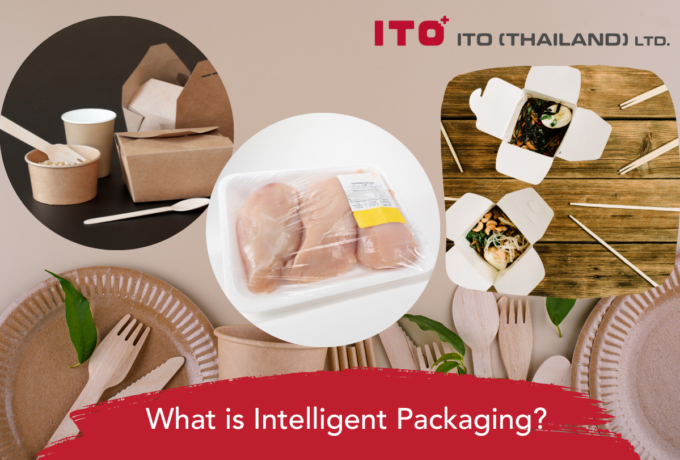
Intelligent Packaging
Without packaging, food products would last for only a short period of time, impossible for logistics management, difficulties in the supply chain system, quick quality deterioration, and prone to contamination to risky foodborne pathogens. In reality, there are many more functions that packaging is contributing to food products, as well as many types of smart packaging. Intelligent packaging is considered to be a part of smart packaging, so in this blog, we will discuss the contribution of intelligent packaging to food products.
-
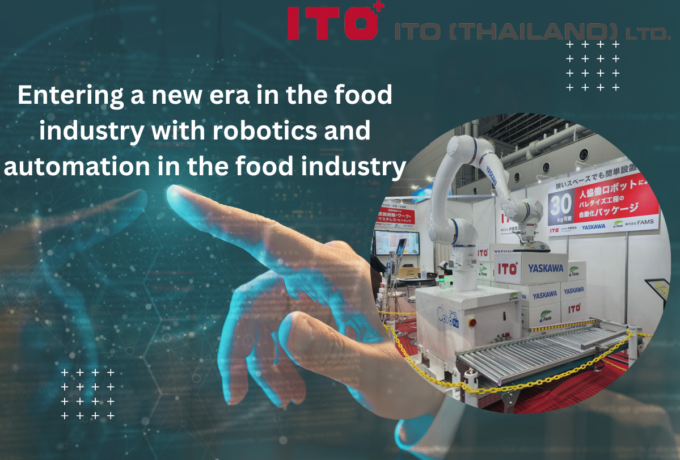
Robots & automation in the food industry
Entering a new era in the food industry with robotics and automation in the food industry
-
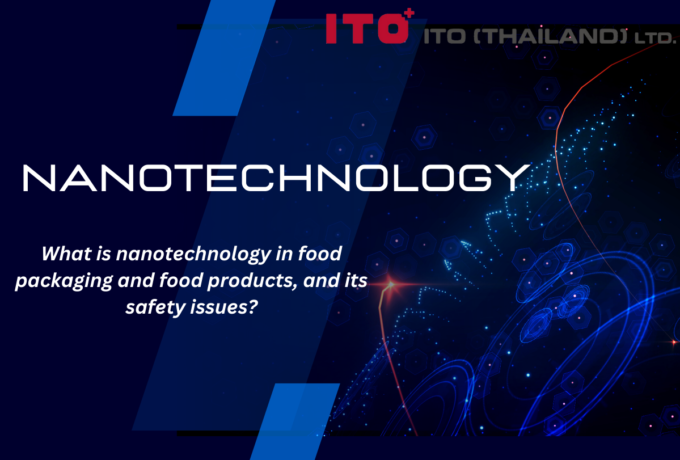
Nanotechnology in the Food Industry
Nanotechnology has been brought to our attention for the last decades, and it has provided various beneficial applications to the food industry. Unlike other technology, nanotechnology has broadened the knowledge in the food industry to another level in a nanoscale dimension. It involves almost every aspect of the food industry, including food packaging, food processing, as well as functional food development and enhancement of food safety. In this blog, we will discuss how nanotechnology is used in food packaging and food products, and the most important part, its safety issues.








